Home>Gardening & Outdoor>Outdoor Structures>How Much Paint For A Shed
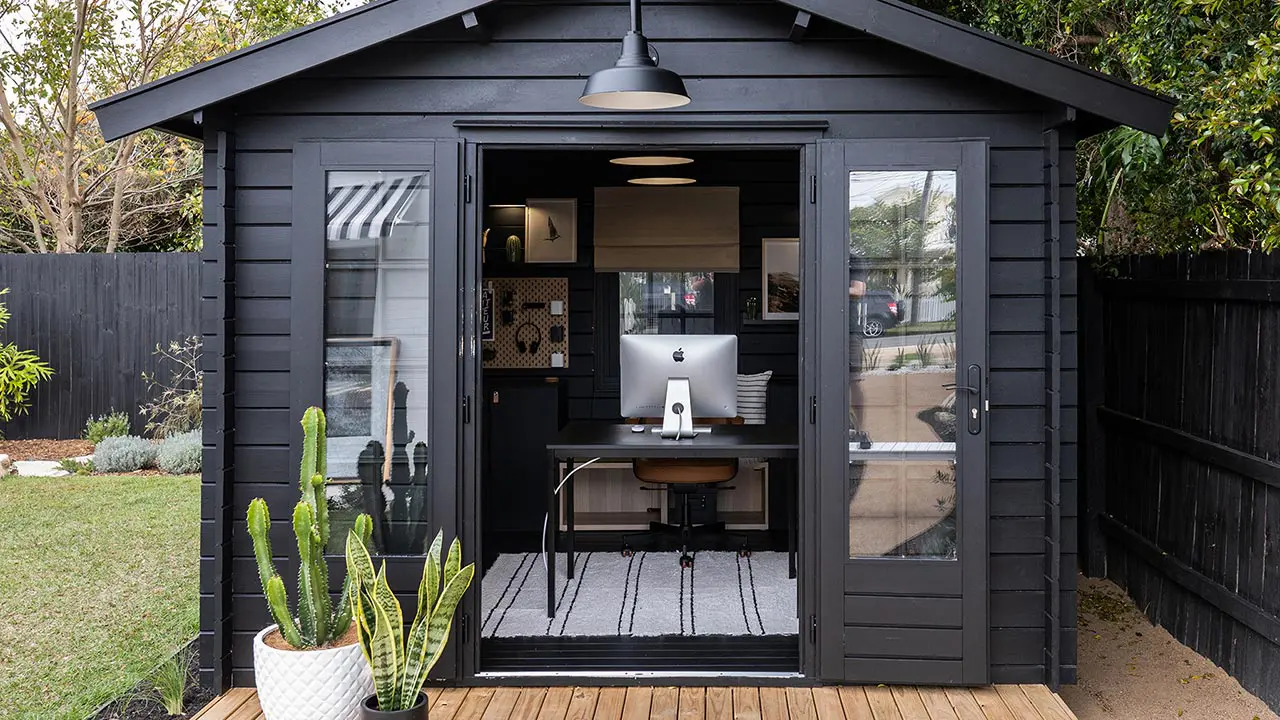

Outdoor Structures
How Much Paint For A Shed
Modified: March 2, 2024
Find out how much paint you need for your outdoor shed and get expert tips for painting outdoor structures. Ensure a professional finish with the right amount of paint.
(Many of the links in this article redirect to a specific reviewed product. Your purchase of these products through affiliate links helps to generate commission for Storables.com, at no extra cost. Learn more)
**
Introduction
**
When it comes to enhancing the look and durability of your outdoor shed, a fresh coat of paint can work wonders. Not only does it revitalize the appearance of the structure, but it also provides an added layer of protection against the elements. However, before embarking on this project, it's essential to determine how much paint you'll need to ensure complete coverage. Several factors come into play, including the size of the shed, the type of paint, and the surface texture. In this comprehensive guide, we'll explore these considerations and provide valuable insights into calculating the required amount of paint, choosing the right type for the job, and offering practical tips for a successful painting endeavor. Whether you're a seasoned DIY enthusiast or a novice looking to spruce up your outdoor space, this article will equip you with the knowledge and confidence to tackle the task of painting your shed with precision and efficiency.
Key Takeaways:
- Calculate the amount of paint needed for your shed by measuring the surface area and considering coverage per gallon. Don’t forget to account for multiple coats and consult a paint professional for guidance.
- Choose the right paint for your shed based on weather resistance, color retention, and environmental impact. Prioritize exterior-specific formulations and environmentally friendly options for lasting protection and visual appeal.
Read more: How To Paint A Tin Shed
Factors to Consider
Before diving into the painting process, it’s crucial to take several key factors into account to ensure a successful and long-lasting finish. Here are the primary considerations:
Size and Surface Area: The size of your shed and its surface area will directly impact the amount of paint required. Larger sheds with extensive surface areas will naturally demand more paint for complete coverage. Additionally, the texture of the shed's surface, whether smooth or rough, can influence the paint's spread and adherence.
Existing Paint and Condition: If your shed already has a coat of paint, the condition of the existing paint must be evaluated. Peeling, flaking, or chipping paint will necessitate additional preparation, such as sanding or scraping, before applying a new coat. Understanding the condition of the current paint will also help determine the type of primer needed for optimal adhesion.
Weather Resistance: Outdoor sheds are exposed to various weather conditions, including sunlight, rain, and snow. Selecting a paint that offers superior weather resistance and UV protection is essential for preserving the shed's appearance and structural integrity over time.
Color and Aesthetics: The color of the paint is a significant aesthetic consideration. While personal preference plays a role in color selection, it's important to choose a hue that complements the overall look of your outdoor space and aligns with any existing color schemes or landscaping features.
Environmental Impact: When choosing paint, consider the environmental impact of the products available. Opting for eco-friendly, low-VOC (volatile organic compounds) paints can minimize harmful emissions and promote a more sustainable approach to shed maintenance.
By carefully assessing these factors, you can make informed decisions regarding the quantity and type of paint needed for your shed, ensuring a successful and visually appealing outcome.
Calculating Paint Needed
Accurately determining the amount of paint required for your shed involves a straightforward calculation based on the shed's size and the coverage provided by the chosen paint. Here's a simple method to calculate the paint needed:
1. Measure the Surface Area: Begin by measuring the length, width, and height of your shed. For a standard rectangular or square-shaped shed, calculate the surface area by multiplying the length by the height of each wall. Add the surface area of all walls together to obtain the total surface area to be painted.
2. Consider Doors and Windows: Deduct the surface area of any doors and windows from the total calculated area. This will provide a more accurate representation of the actual paintable surface.
3. Coverage per Gallon: Check the label of the chosen paint to determine the coverage it offers per gallon. This information is typically provided in square feet. Divide the total surface area to be painted by the coverage per gallon to ascertain the number of gallons needed for a single coat.
4. Account for Multiple Coats: If you plan to apply multiple coats of paint for enhanced durability and color depth, multiply the initially calculated amount of paint by the number of coats desired. This will ensure that you have an ample supply for the entire project.
Keep in mind that it’s advisable to purchase slightly more paint than the calculated amount to accommodate any touch-ups or unforeseen requirements. Additionally, consulting with a paint professional at your local home improvement store can offer valuable insights and guidance tailored to your specific shed-painting project.
By following these steps and accounting for potential variations in surface texture and paint application, you can confidently determine the precise amount of paint needed to achieve a professional and long-lasting finish for your shed.
Measure the surface area of your shed to calculate the amount of paint needed. One gallon typically covers 350-400 square feet, but rough or porous surfaces may require more.
Choosing the Right Paint
When selecting paint for your shed, several factors should influence your decision to ensure optimal results and long-term durability. Consider the following aspects when choosing the right paint:
- Exterior-Specific Formulation: Prioritize paints specifically formulated for exterior use. These are designed to withstand outdoor elements, including UV exposure, moisture, and temperature fluctuations, offering superior protection and longevity.
- Weather Resistance: Look for paint products that emphasize weather resistance and durability. High-quality exterior paints are engineered to resist fading, cracking, and peeling, even in challenging climates.
- Primer and Paint Combination: Opt for a paint that includes a built-in primer or select a separate high-quality primer designed for outdoor applications. A primer promotes adhesion and enhances the paint’s ability to withstand environmental stressors, ensuring a robust and enduring finish.
- Color Retention: Choose a paint known for its color retention properties. This is particularly important for outdoor structures exposed to direct sunlight, as it helps maintain the vibrancy and integrity of the chosen color over time.
- Low Maintenance: Seek paints that are easy to clean and maintain. A washable, dirt-resistant finish can simplify the upkeep of your shed, preserving its appearance and reducing the frequency of repainting.
- Environmentally Friendly Options: Explore environmentally conscious paint choices, such as low-VOC or zero-VOC formulations. These options minimize the release of harmful chemicals into the environment and promote a healthier, eco-friendly approach to shed maintenance.
By prioritizing these considerations, you can confidently select a paint that aligns with your shed’s specific requirements, ensuring lasting protection and visual appeal. Additionally, consulting with paint professionals or leveraging online resources can provide valuable insights into the best paint options for your outdoor shed based on its size, location, and environmental exposure.
Tips for Painting a Shed
Embarking on a shed-painting project presents an opportunity to enhance the visual appeal and longevity of your outdoor structure. To ensure a smooth and successful painting process, consider the following tips:
- Surface Preparation: Thoroughly clean the shed’s exterior to remove dirt, debris, and any existing flaking or peeling paint. Use a pressure washer or a scrub brush and mild detergent to achieve a clean, smooth surface for optimal paint adhesion.
- Repair and Prime: Address any surface imperfections, such as cracks or wood rot, before applying paint. Additionally, apply a high-quality primer to promote adhesion and create a uniform base for the paint, especially if the shed’s surface is bare or has significant weathering.
- Weather Considerations: Plan your painting project during a period of dry, mild weather to facilitate proper paint drying and curing. Avoid painting in direct sunlight or on extremely hot surfaces, as this can affect the paint’s application and drying process.
- Use the Right Tools: Invest in high-quality brushes, rollers, and paint sprayers suitable for outdoor painting. Quality tools contribute to a smoother application and better coverage, ultimately yielding a professional-looking finish.
- Apply Multiple Coats: For enhanced durability and color depth, consider applying two or more coats of paint. Allow each coat to dry completely according to the manufacturer’s recommendations before applying the next layer.
- Protect Surrounding Areas: Cover nearby plants, landscaping features, and any adjacent surfaces that you want to shield from paint overspray or accidental drips. Use drop cloths or plastic sheeting to safeguard these areas during the painting process.
- Maintain Ventilation: Ensure adequate ventilation during painting to disperse fumes and facilitate proper drying. If painting the interior of the shed, use fans or open doors and windows to promote air circulation.
- Regular Maintenance: After completing the painting project, establish a regular maintenance schedule to inspect the shed for any signs of wear or weathering. Promptly address any areas requiring touch-ups or additional protection to preserve the paint’s integrity and the shed’s overall appearance.
By adhering to these practical tips and best practices, you can approach your shed-painting endeavor with confidence, ultimately achieving a professional and enduring finish that enhances the aesthetic appeal and longevity of your outdoor structure.
Read more: How To Paint A Shed Exterior
Conclusion
Painting your outdoor shed is a rewarding endeavor that not only revitalizes its appearance but also fortifies its resilience against the elements. By carefully considering factors such as shed size, surface condition, and environmental exposure, you can accurately calculate the amount of paint needed and select the right type for optimal results. Additionally, adhering to best practices, including thorough surface preparation, proper application techniques, and regular maintenance, ensures a durable and visually appealing finish.
As you embark on this project, remember that the process of painting your shed offers an opportunity to infuse your outdoor space with personal style and protection. Whether you opt for a bold, statement color or a classic, timeless hue, the right paint can transform your shed into a standout feature of your property.
Furthermore, by choosing high-quality, weather-resistant paints and incorporating eco-friendly options, you can contribute to the longevity and sustainability of your shed while minimizing environmental impact. With attention to detail and a commitment to thorough preparation and application, your newly painted shed will stand as a testament to your dedication to maintaining and enhancing your outdoor living space.
Ultimately, the act of painting your shed transcends mere maintenance; it becomes a creative expression and a testament to your commitment to preserving and beautifying your outdoor environment. As you witness the transformation of your shed through the application of fresh, vibrant paint, you’ll experience the gratification of not only improving its appearance but also safeguarding its structural integrity for years to come.
Embrace the process, enjoy the journey, and revel in the remarkable difference a coat of paint can make for your outdoor shed.
Frequently Asked Questions about How Much Paint For A Shed
Was this page helpful?
At Storables.com, we guarantee accurate and reliable information. Our content, validated by Expert Board Contributors, is crafted following stringent Editorial Policies. We're committed to providing you with well-researched, expert-backed insights for all your informational needs.
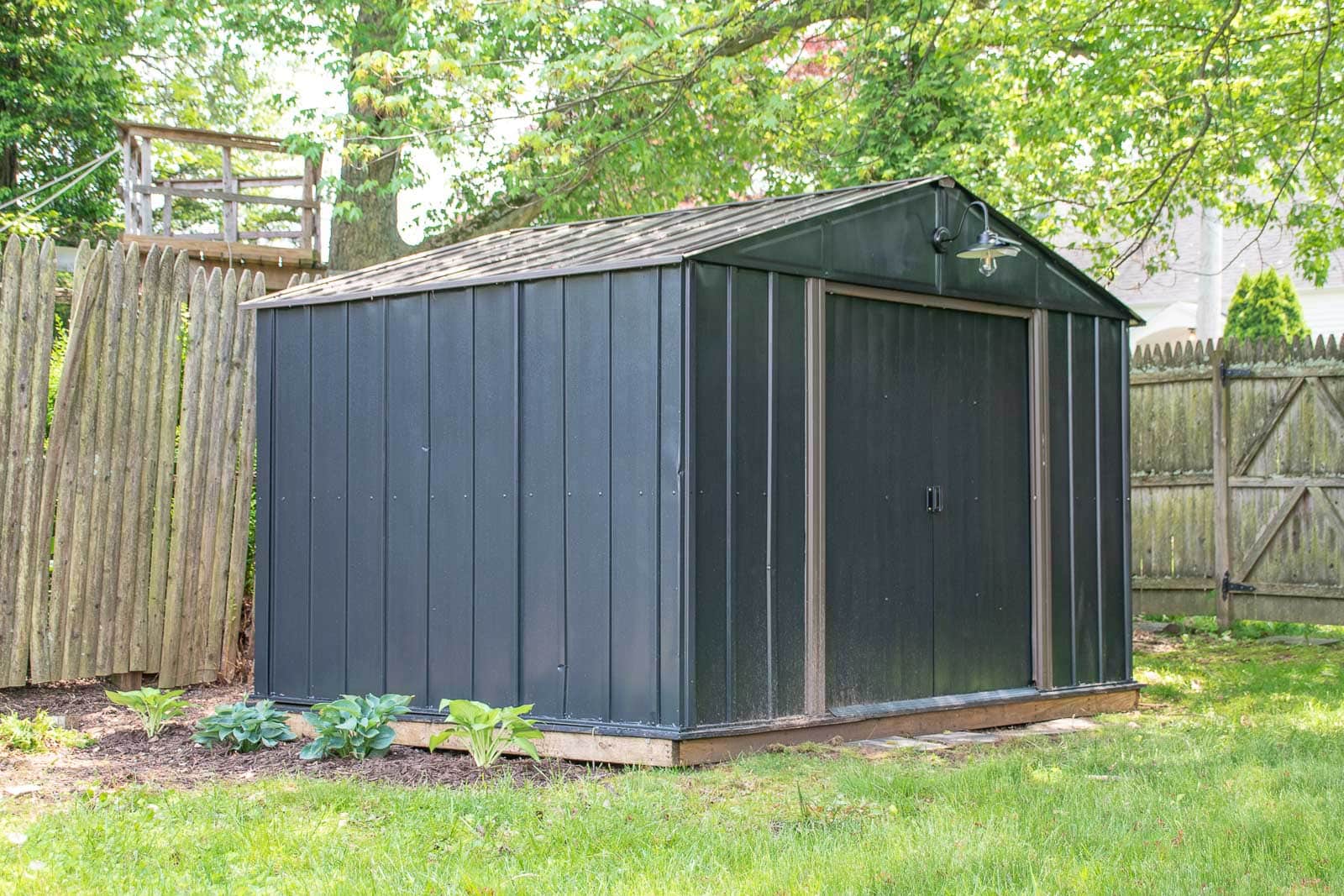
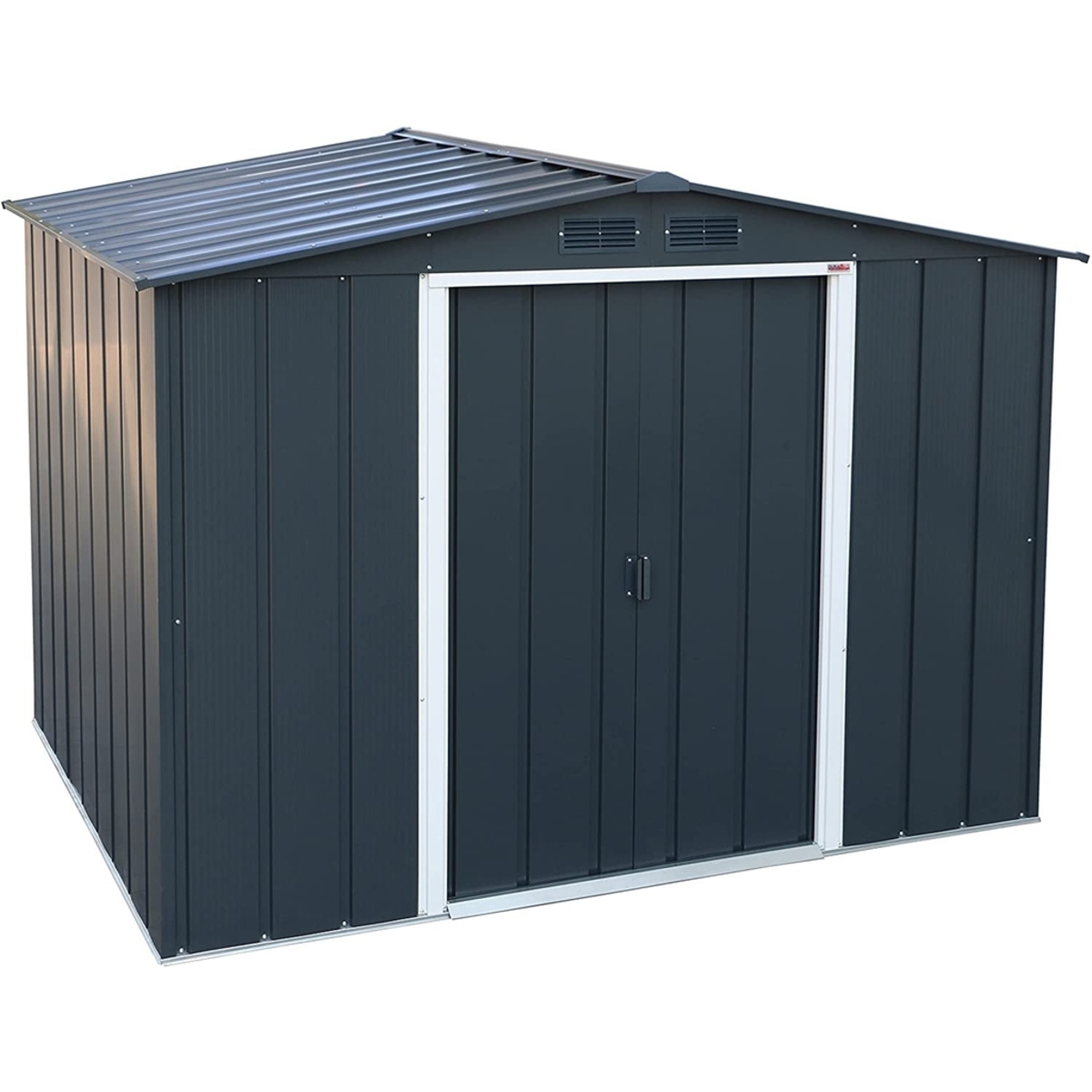
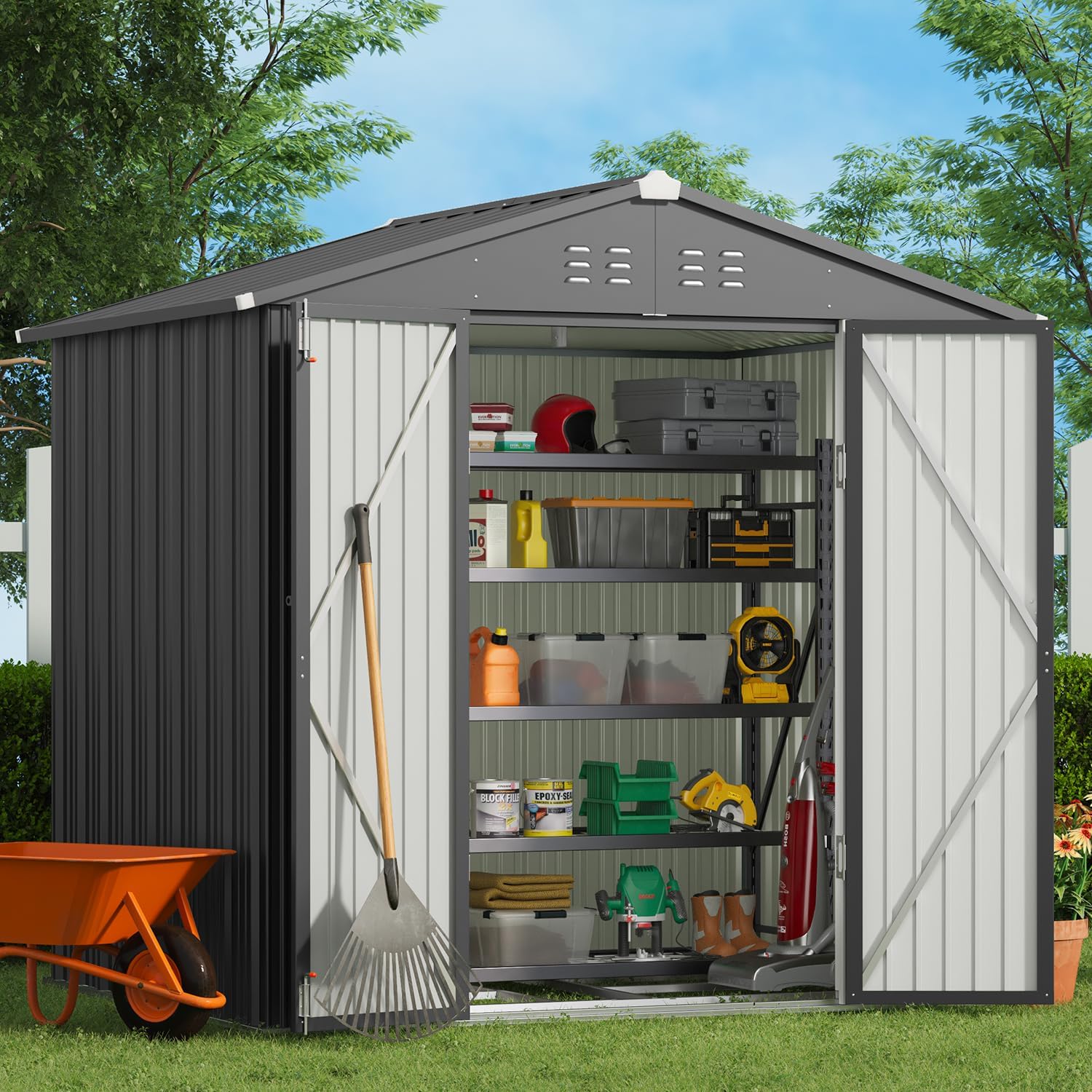
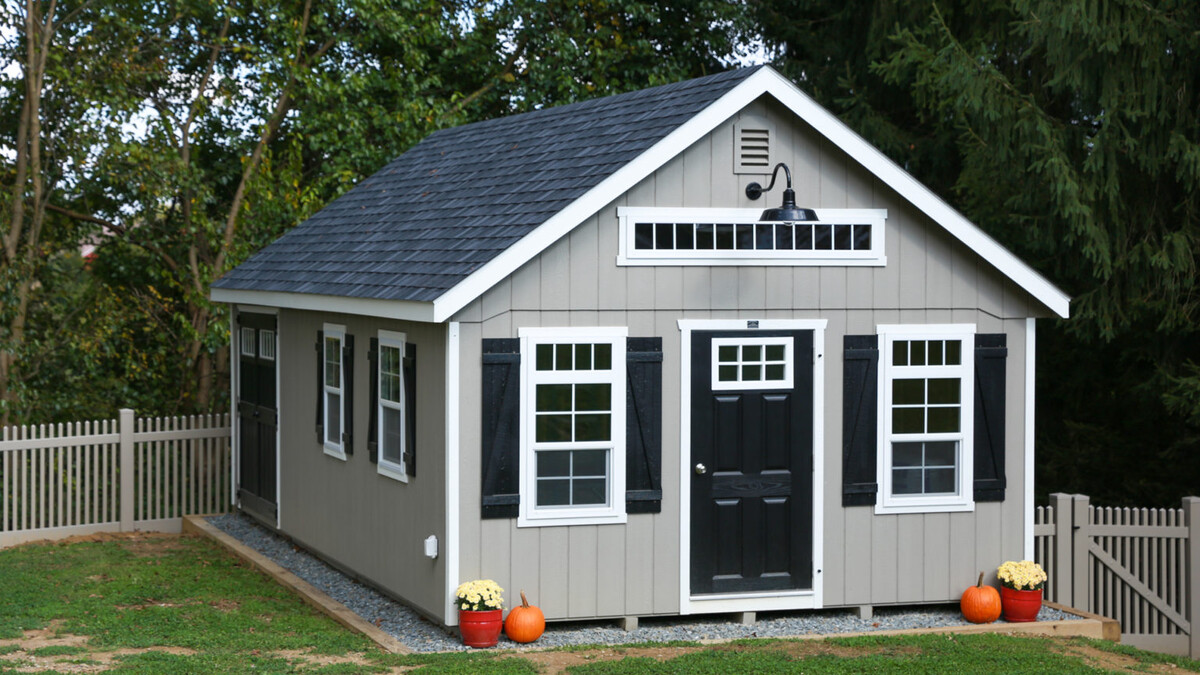
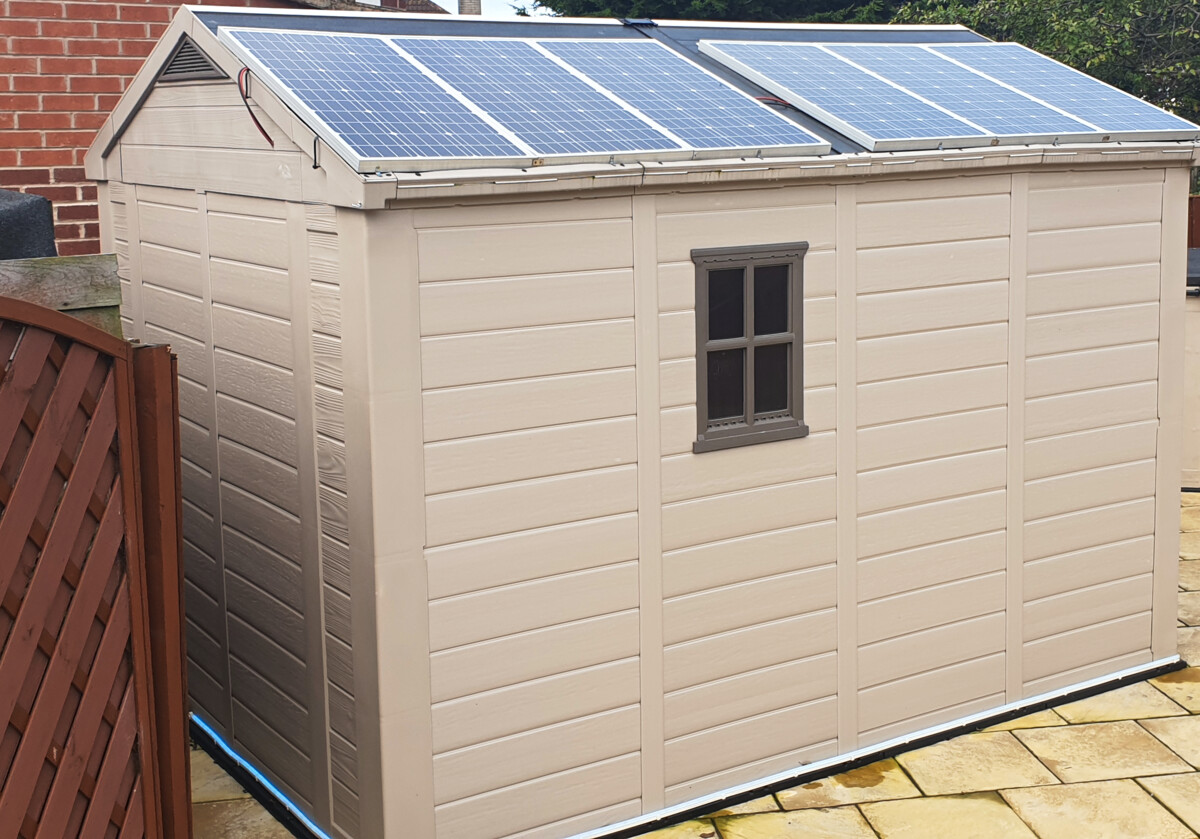
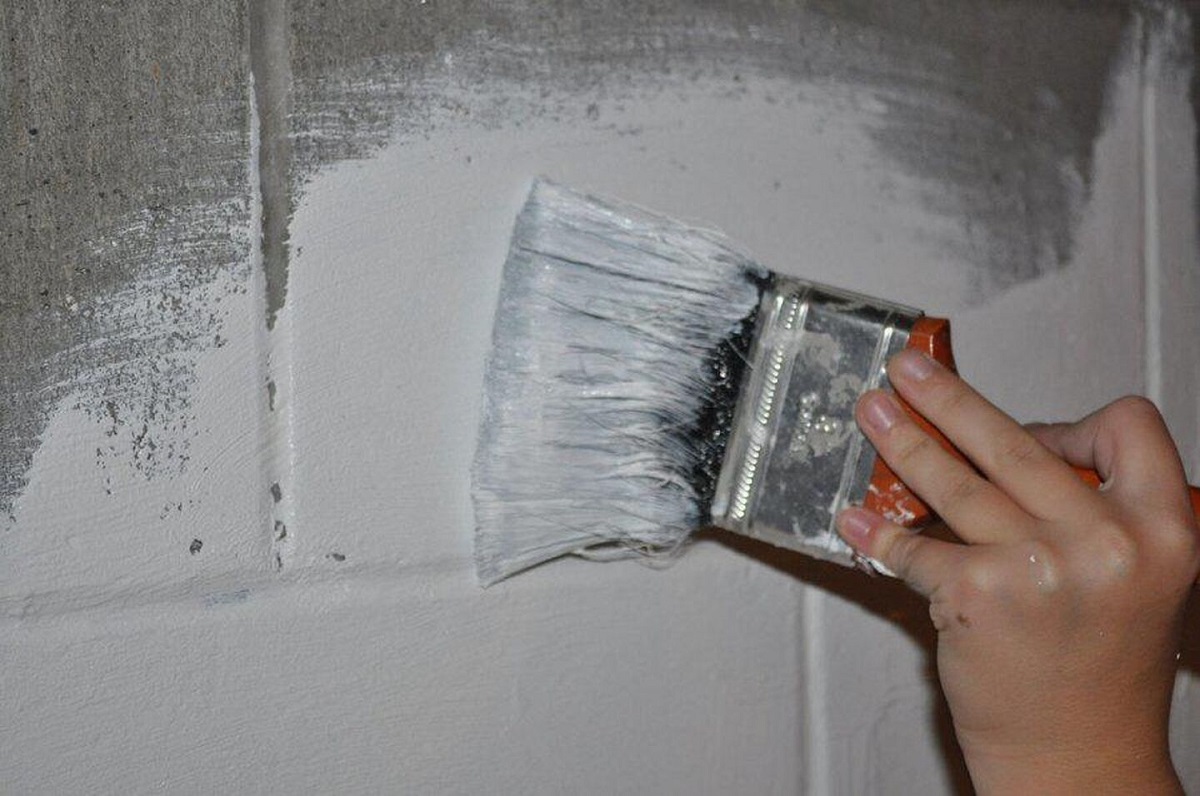
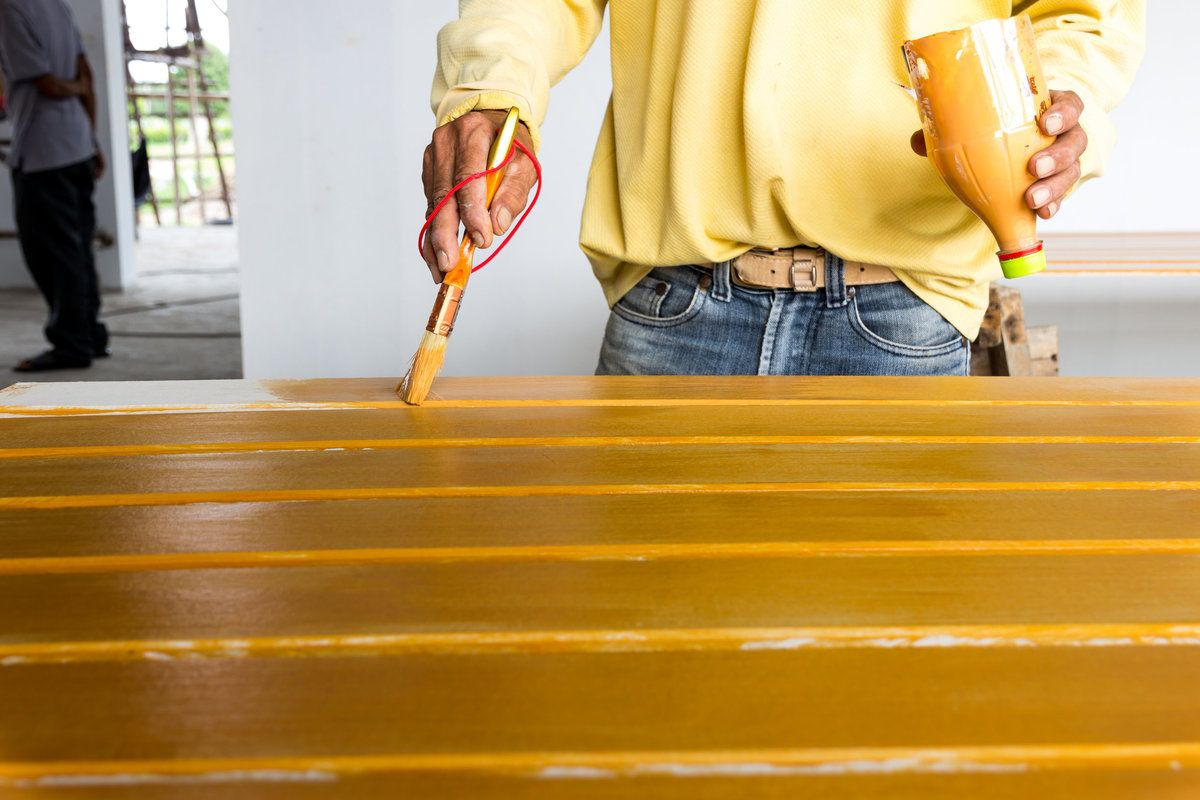
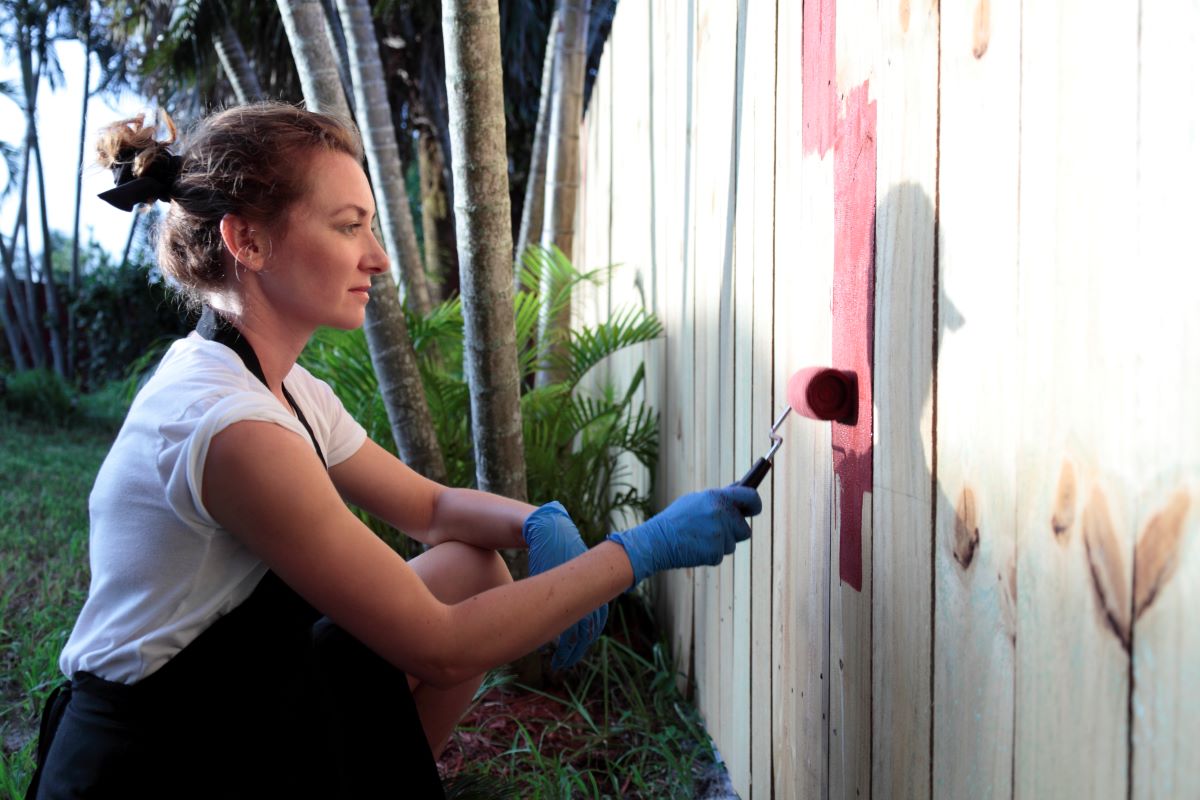
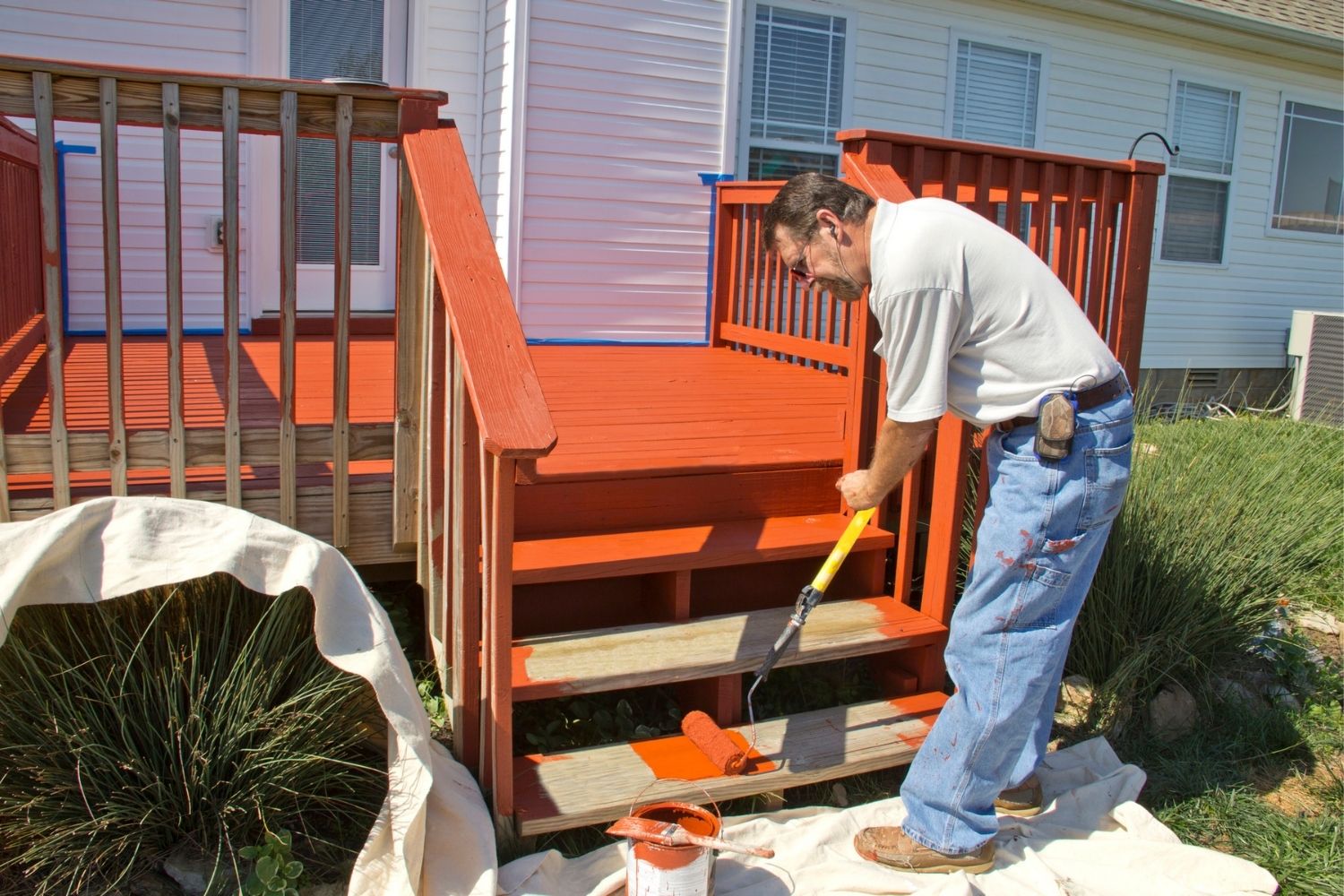
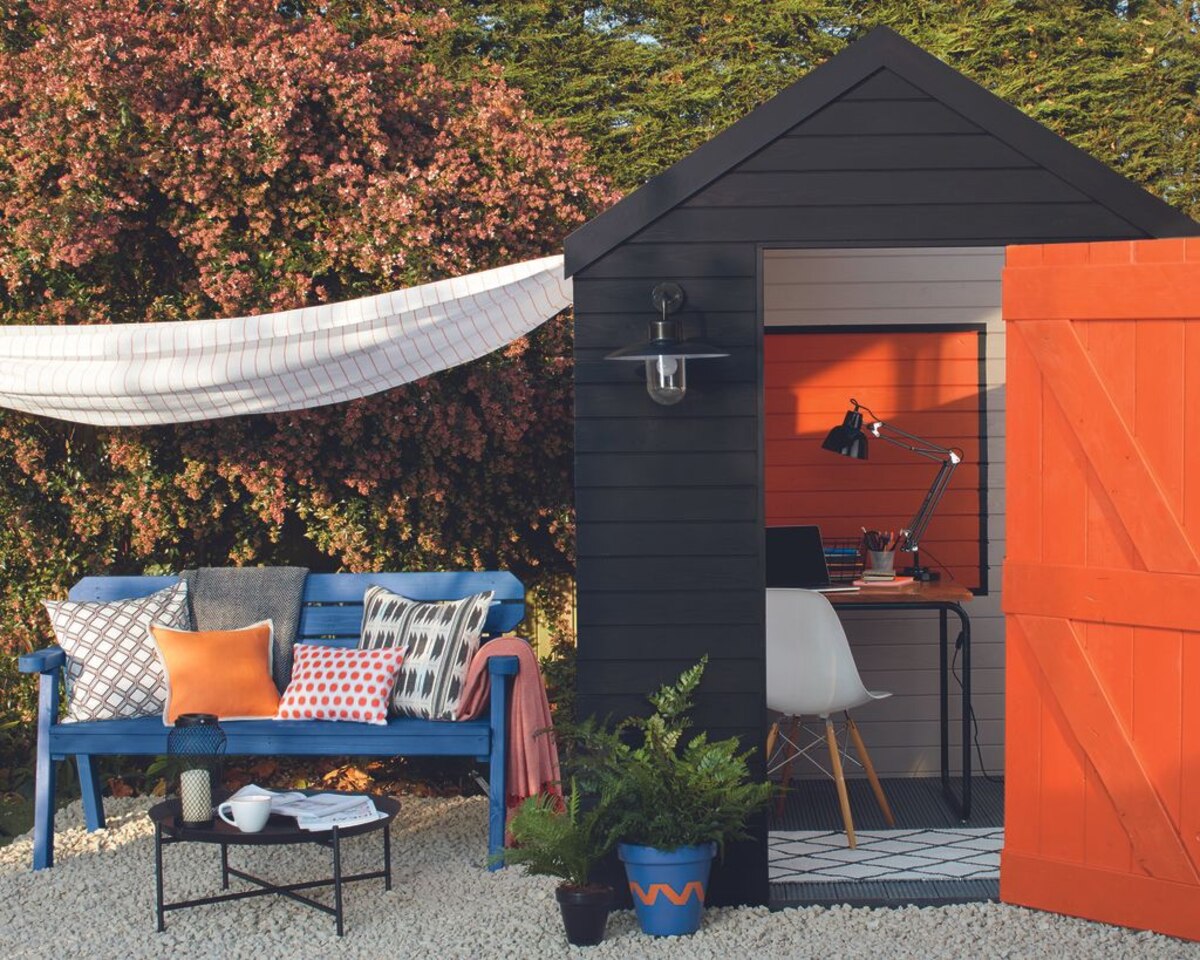
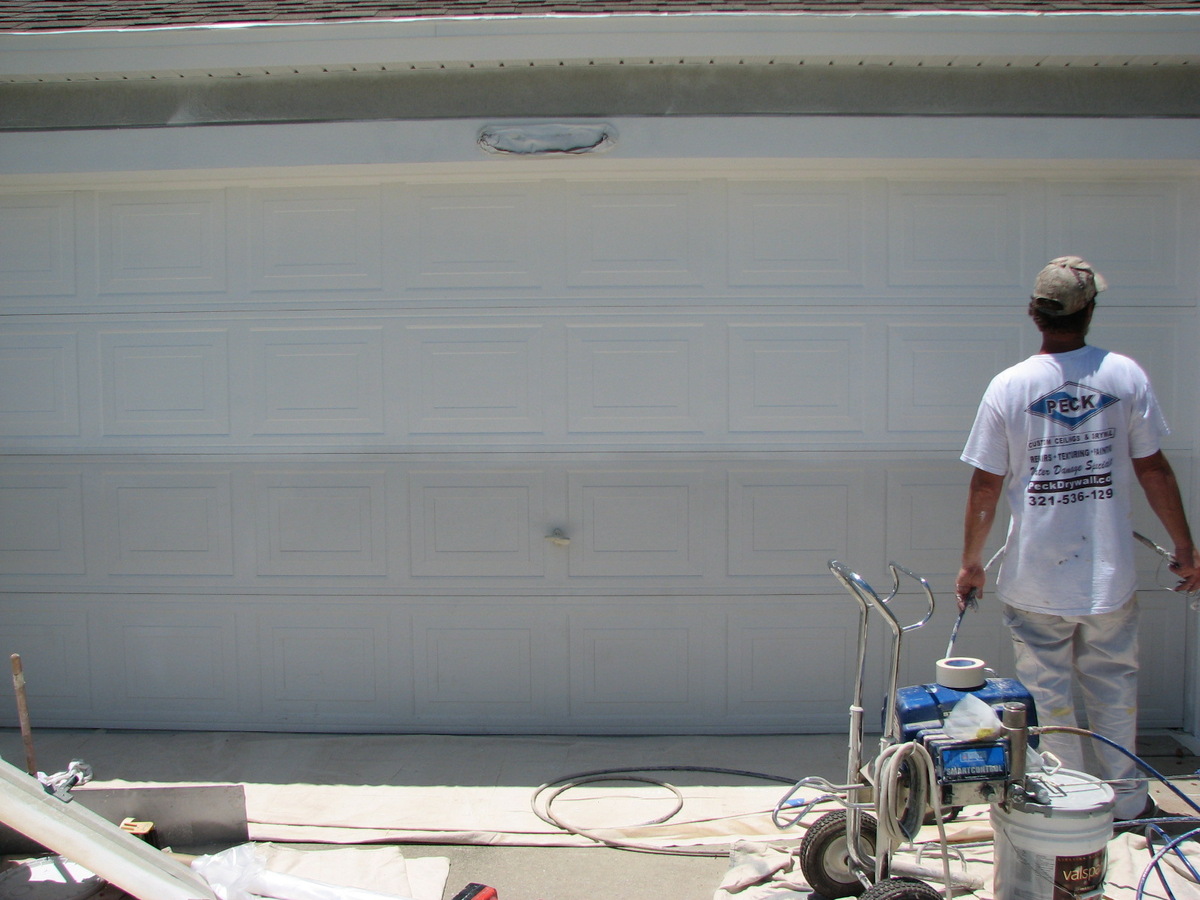
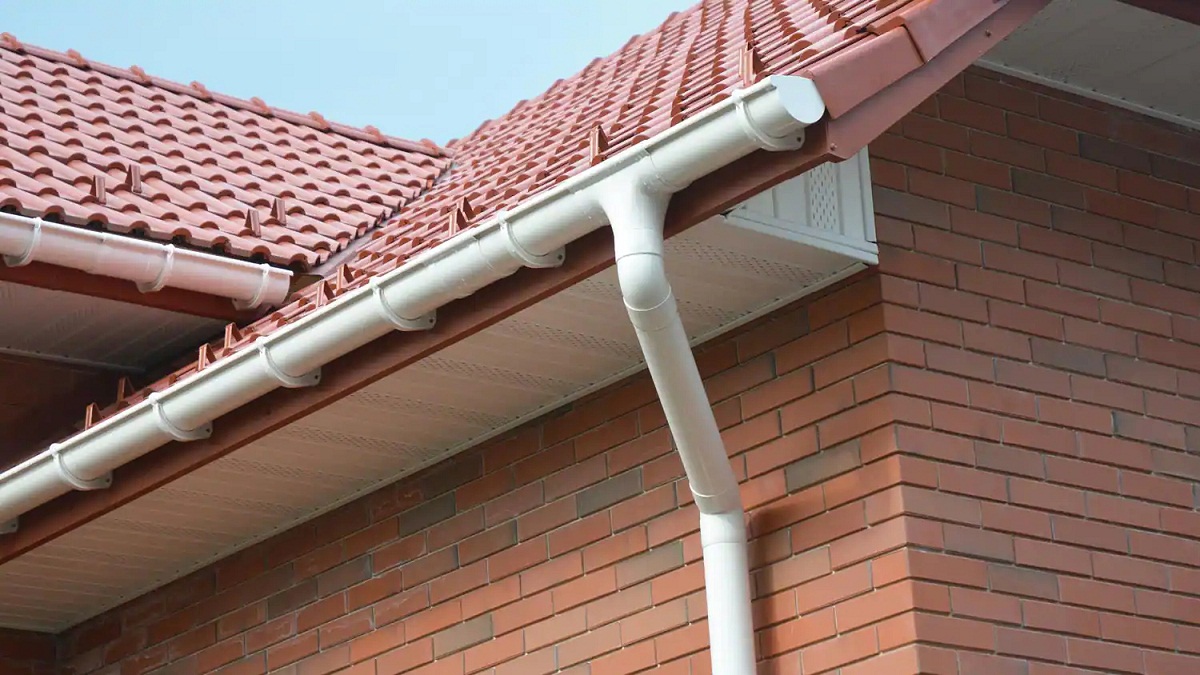
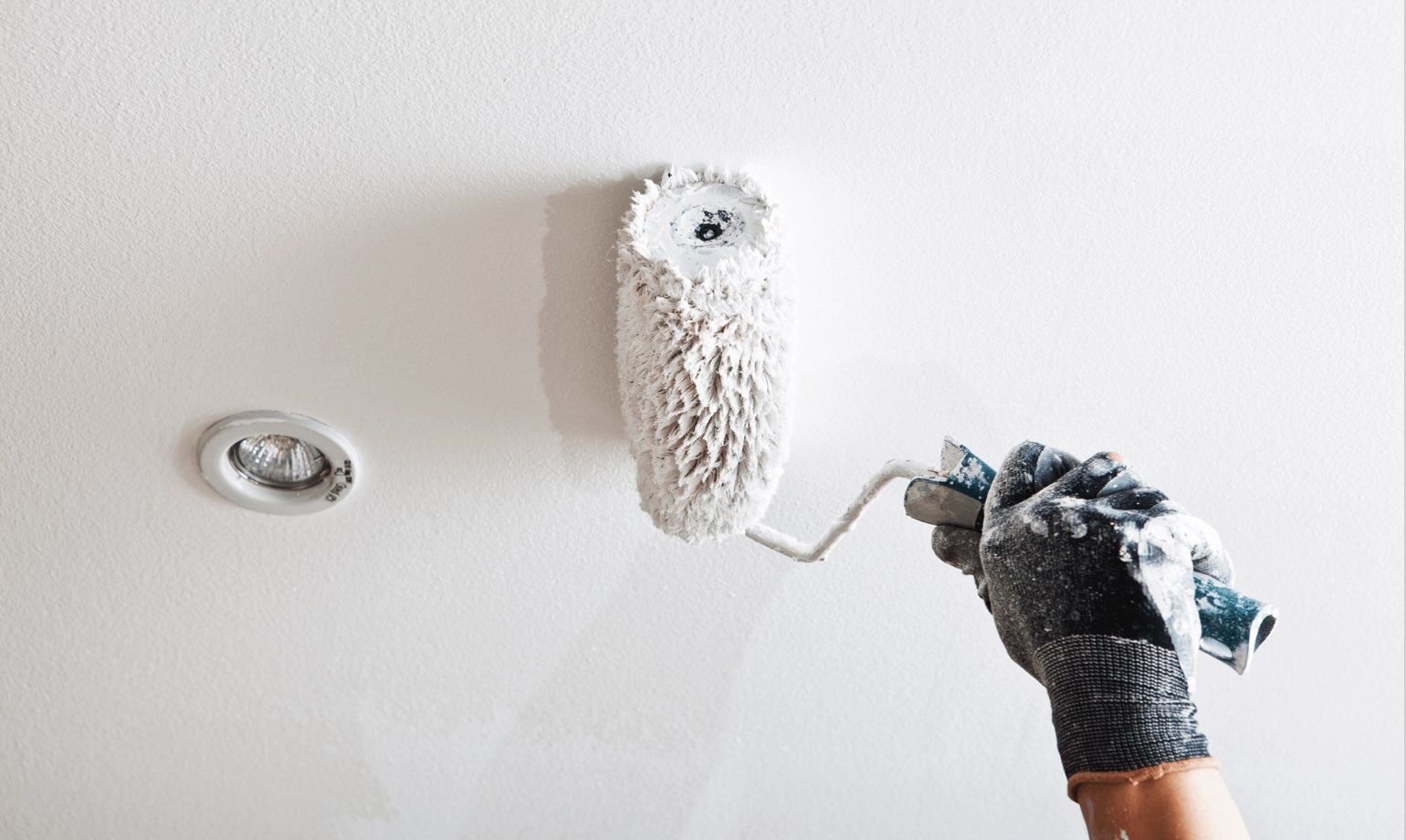
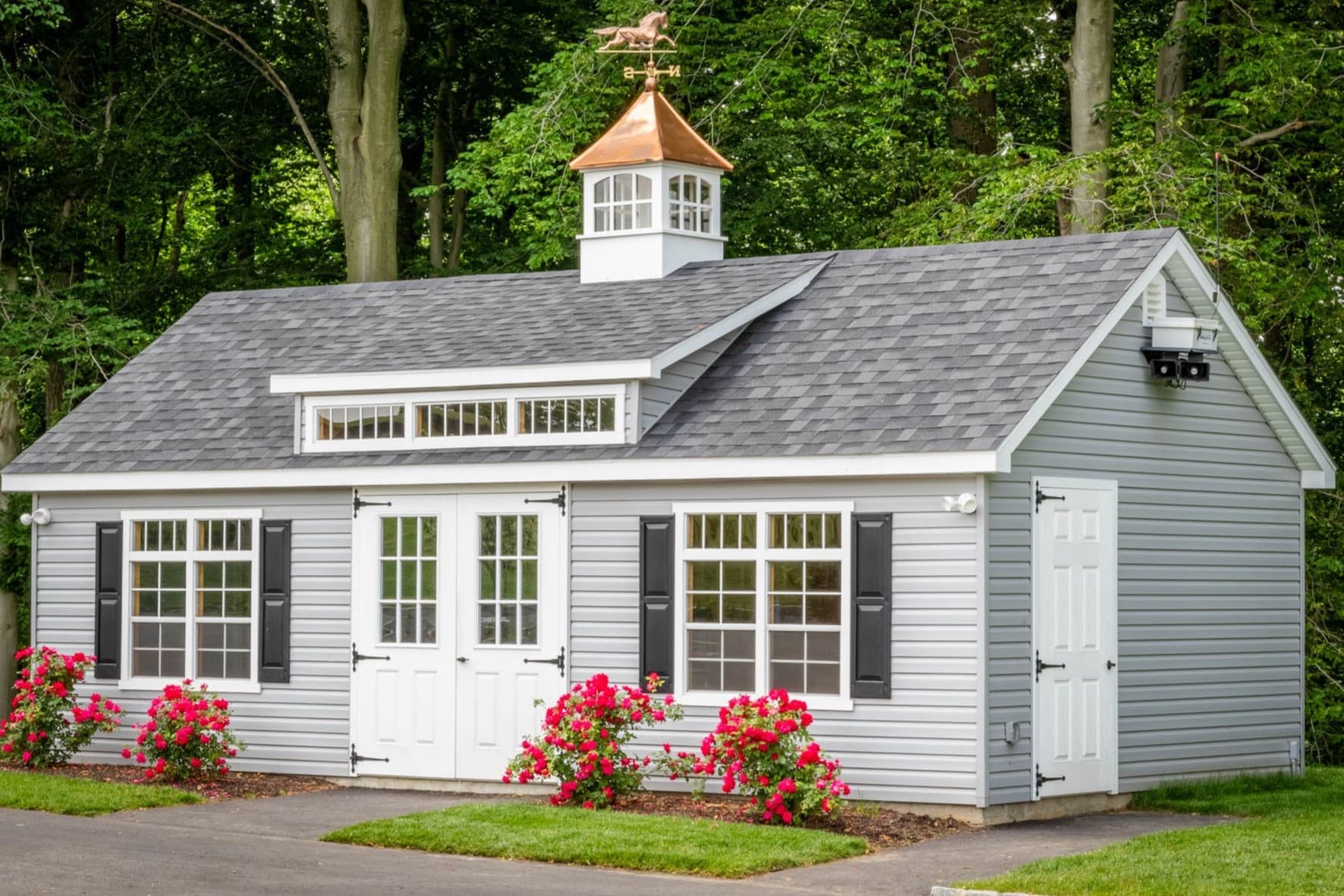

0 thoughts on “How Much Paint For A Shed”